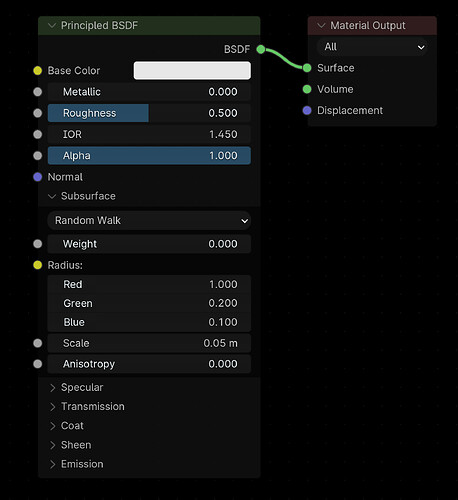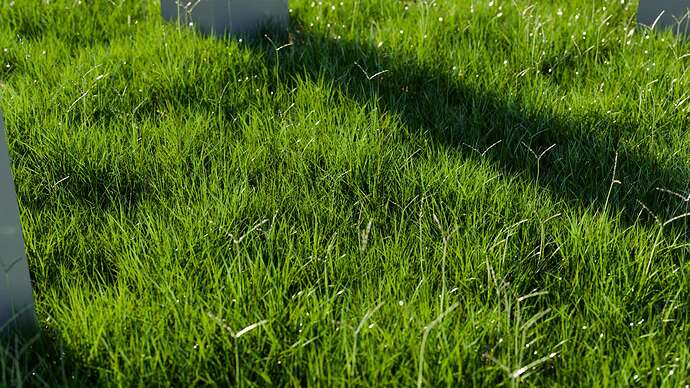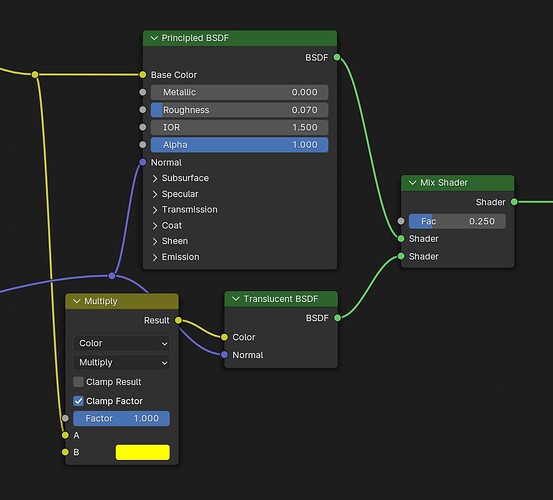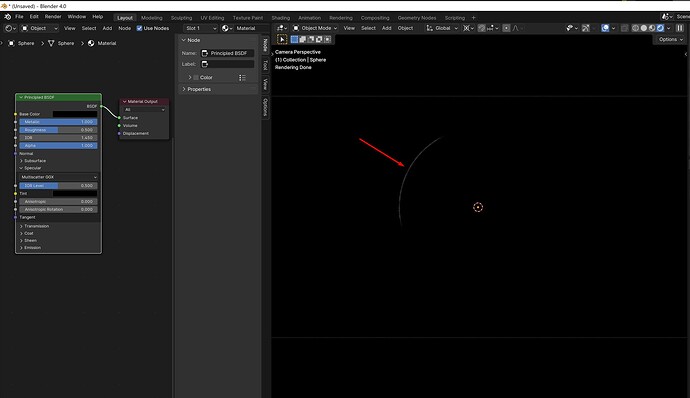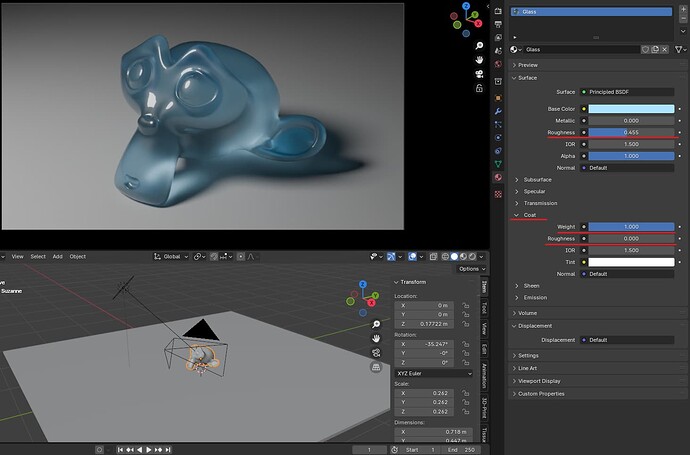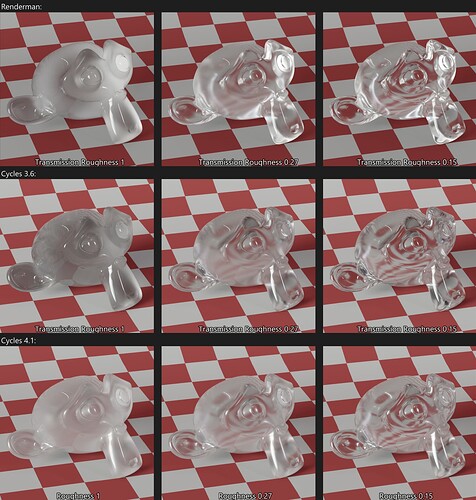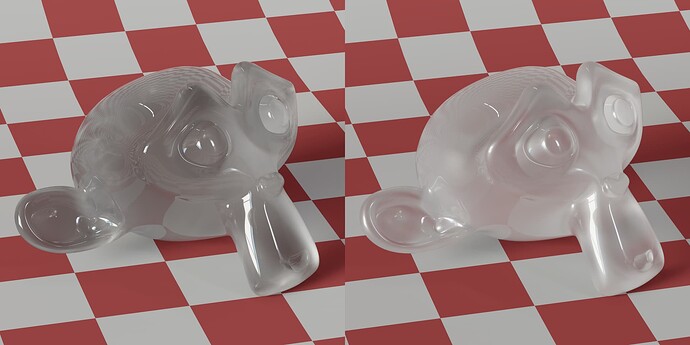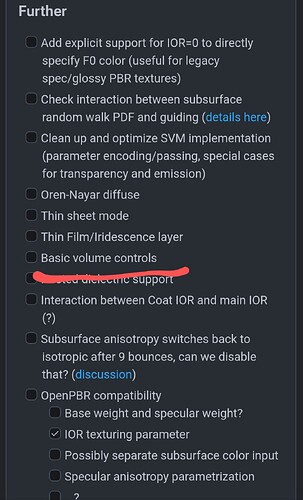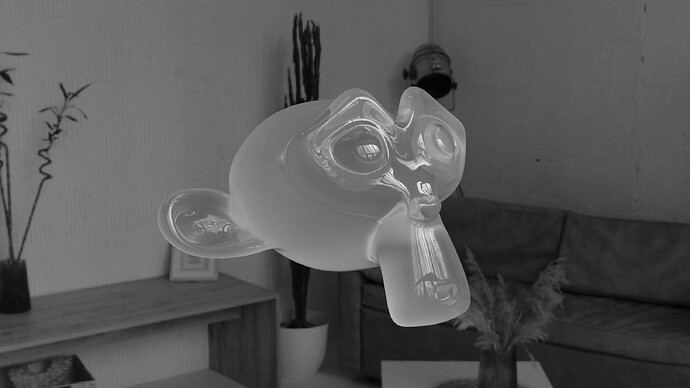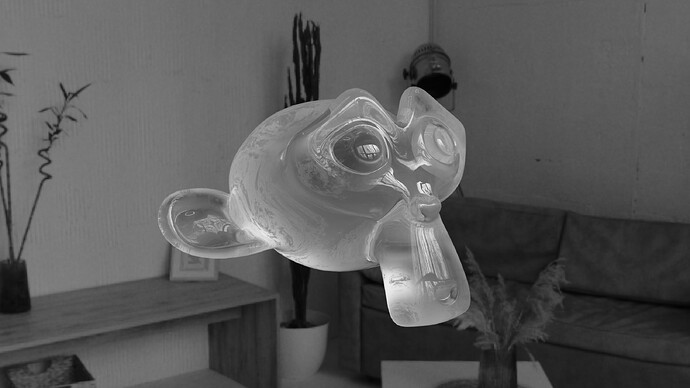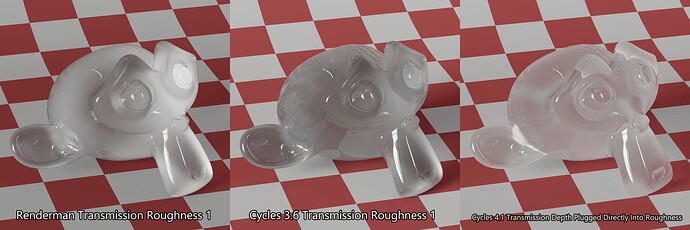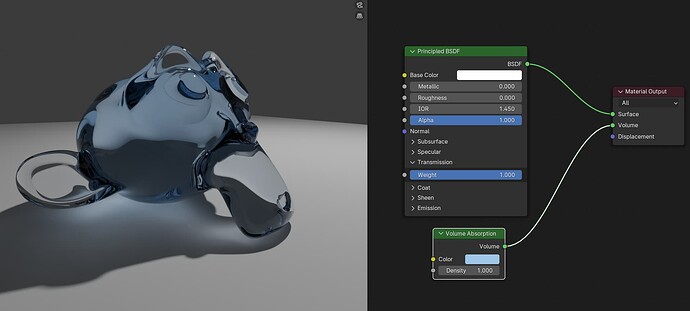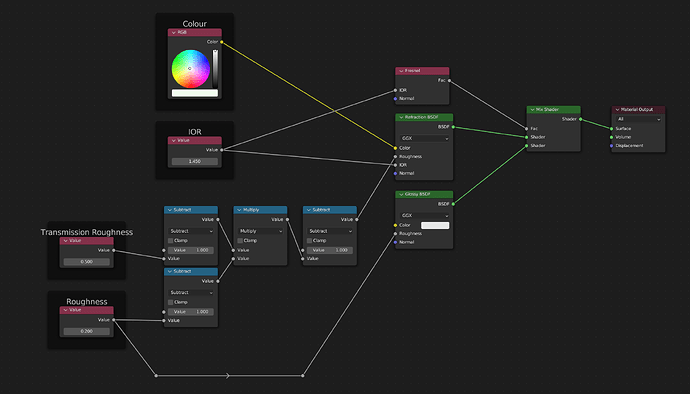A lot of people seem to be saying that using roughness then compensating with coat over the top is a good replacement for transmission roughness, but I do not agree.
I have made a chart here with Renderman, Cycles from Blender 3.6, and Cycles from Blender 4.1. The material I’m trying to make is a foggy glass, rough in the center, shiny on the surface. In Renderman I am using transmission roughness, in 3.6 I am using transmission roughness as well, and in 4.1 I am using roughness, coat with a weight of 1, and coat roughness of 0. All blender renders are with full global illumination settings (32 samples on everything)
Renderman seems to conserve a lot of energy, while 3.6 seems to lose a lot within the glass, one might be more accurate than the other, I am not sure, but they are a good comparison despite renderman being much brighter because the look of what the transmission roughness is doing almost exactly the same thing between the two. Note the darker parts of the refraction, the milkier, foggier left eye, they match super well!
The 4.1 one renders with coat look sort of acceptable below a value of 1 for roughness, but in my opinion there is a pretty large discrepancy.
This is a comparison between the above 3.6 Transmission roughness of 1 and 4.1 coat method. I would have marked the pictures with my observations but didn’t want to create any visual noise. The contrast between dark spots and bright spots is drastically reduced, making the 4.1 render a lot more flat and washed out. The general curvature around the area between the two eyes is actually dark in the 4.1 version, whereas in 3.6 it is much brighter, so those dark spots vs white spots have swapped in that area of the face. If we look at Suzzanne’s right eye area (remember it’s mirror lol) we see a lot of red bleeding through from the background, this is not present in renderman or 3.6.
And my least favorite:
Since the coat is on top of the roughness layer in the principled 2.0 (which is a good thing) we get a very sharp coat reflection of the window in the HDRI I used, but because the roughness underneath is set to be 1, we get a stretched out reflection underneath it. This makes it look like the coats reflection is washed out, even though technically it is quite sharp.
For these sort of reasons I really don’t like using coat as a replacement for transmission roughness. In my opinion it is a feature we just cannot reproduce currently.
I do hope in the future we get a return of transmission roughness!
